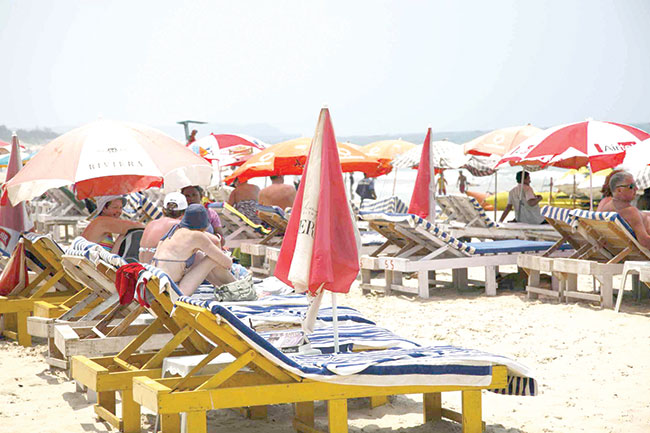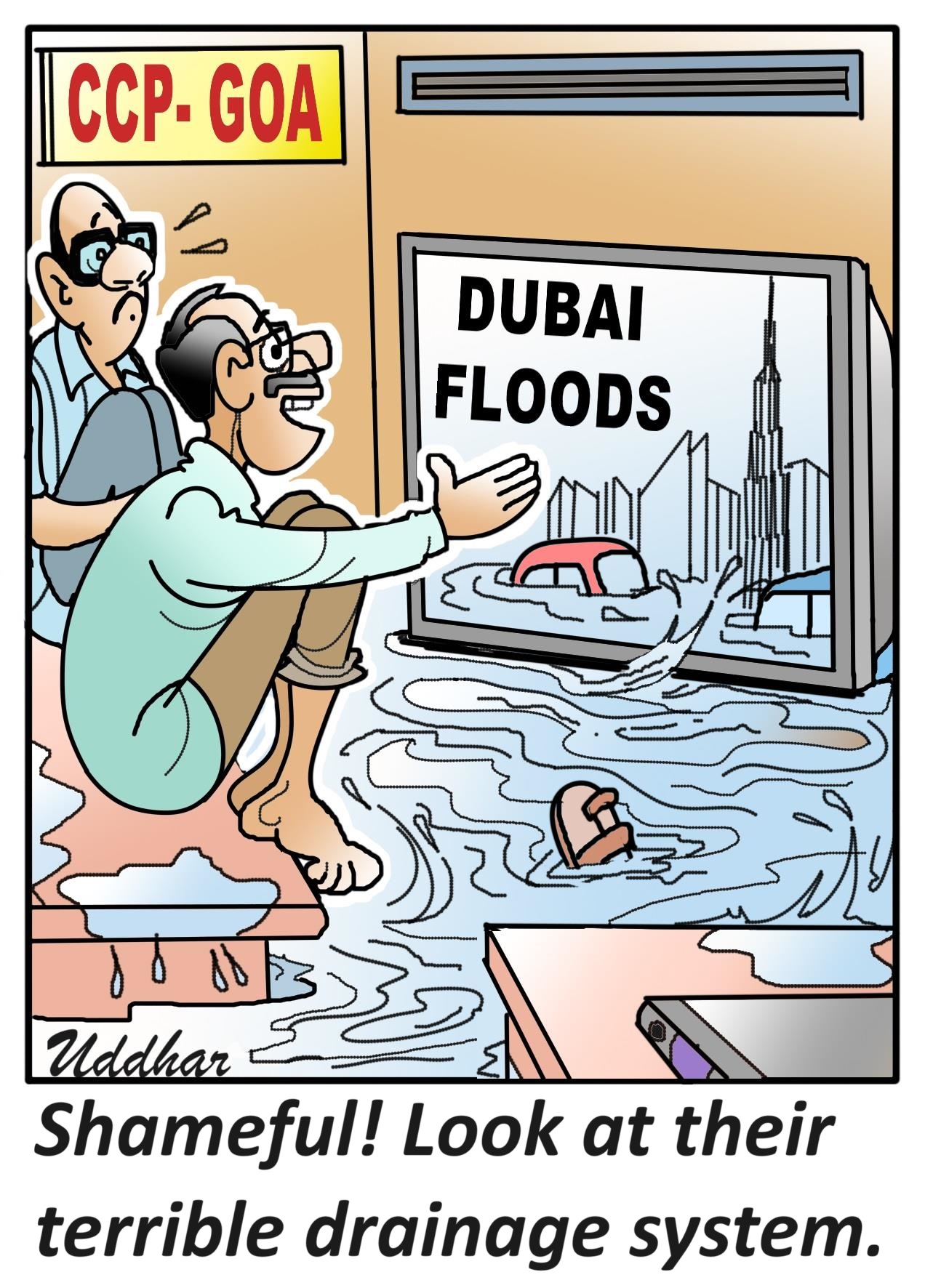
Goa’s existing tourism setup requires a major shakeup and it has to start with shifting the State’s overdependence on charter tourism. The State’s tourism stakeholders can look to skies all they want during the weeks ahead, but charter flights are unlikely to break through the grey clouds of uncertainty that have enveloped the tourism industry in Goa. There have been petitions seeking that charter flights be allowed to land in Goa as Goa expects the Russian tourists to come despite the pandemic, but even if the authorities here clear the runway for foreign charter flights to land at Dabolim airport, it is the operators of the flights in Europe who will decide whether their planes will take off from the airports of origin. That decision will entirely depend on whether there are tourists willing to risk long hours in planes in cramped conditions and holidaying in a country that, well currently is at 2nd place in the list of nations with highest COVID-19 cases.
Jolted by the closure of Thomas Cook UK – the charter operator that brought the largest number of tourists to Goa – last year and the subsequent lockdowns of the the COVID-19 pandemic that forced a premature end to tourism season 2019-20, the tourism industry in Goa is shattered by uncertainty of the season ahead that depends not on what Goa has to offer, but on whether tourists are ready for leisure travel to destinations outside their country. Indians, for that matter are not willing to travel abroad, and Goa has suddenly become the number 1 preferred holiday spot for Indians who want a little of sun and sand.
But, is Goa ready to meet the challenge of domestic tourism over charter tourism? To be clear, domestic tourists have always outnumbered foreign tourists in Goa, but without those longhaul travellers, Goa’s tourism season has always been incomplete. It is they who lounged on the deckbeds all day long, or sat in the beach shacks sipping a beer through the humid afternoon hours, leafing through paperbacks or silently staring into the distance. It is they who came and booked into hotle rooms for a week or a fortnight, ensuring occupancy through the season. It is they who kept the tourism industry wheels running as it was not just the hotels and restaurants that benefitted, but the landing agents too. With the charter operations this coming season under a cloud, the outlook for the tourism industry is at best, well cloudy.
In the coming months, everybody is going to be more cautious – the tourism stakeholder, as well as the tourists. Whoever wants to travel will scour the globe for places that are safe, and this makes it imperative that the local industry to market itslef as the safe destination. In July the State allowed hotels that followed the standard operating procedures to resume services, but it’s not merely opening up the doors of the hotels that will change anything for the industry. Goa has to keep in step with the changing scenario, with tourism professionals acquiring new skills that will permit them to handle the additional safety procedures mandated by the governemnt. This, will be an added cost to the industry which will have to be budgeted for in the tariffs.
The possibility of the 2020-21 season coming anywhere close to the footfalls of the previous seasons, is remote. At the same time the challenges that the tourism industry faces are enormous and Goa is far behind its competitors in its rebranding efforts.
Take the case of Rajasthan has already begun promoting a ‘short safe stay’ in the State. Goa is yet to come up with some such idea, that can catch the fancy of the traveller. The tourists that have been coming in the past weeks are here because Brand Goa still sells, but for how long can the State depend on this? The competition in the coming months is going to be fierce as other States will also be fighting for the same market, and Goa has to steal a march over the others, if it wants to stay among the top destinations in the country. So far that fire to stay alive has not been visible, with Goa Tourism appearing clueless on what it should be doing to score in the season ahead.
And then look at Maharashtra. In the past months, since the lockdown, the neighbouring State has not remained idle. The department has sent fve major proposals to the government and all these have been accepted. Acording to report, these include an agro-tourism policy that would highlight Maharashtra’s agriculture business, a long lease with two hospitality giants for resorts, amending the land policy of the tourism department so as to allow private participation for development, and get this as it is direct competition to Goa - a framework to start beach shacks on beaches on Konkan coast. There’s more, but let’s leave it at that for now. What has Goa done during the same period? Only hoped that charter flights will come?
The over reliance of Goa on charter toruism will get clearly exposed this coming season if the flights don’t come. All these years, since the 1980s when the German Condor charters first started flying to Goa, the stress has been entirely on charter tourism with little attention paid to non-charter foreign tourists. It is only of late that the industry looked the way of MICE (meetings, incentives, conferences and exhibitions) tourism seriously, and that too was mostly concentrated in the monsoon months. However, MICE in the pandemic times is not an option. Goa’s big draw of the year, the International Film Festival of India has been postponed by two months and when held in January, will be a hybrid version of a physical and virtual festival. That’s another indication that Goa needs to change course if it intends to remain a preferred toursim destination.
At the current time, Goa should have been opening up for domestic tourists, but it continues to eye the charters, despite there being no plan of them coming. The reason to concentrate on local tourists is because these can travel with far fewer restrictions and the travel time too would be less, as compared to foreign tourists. For the short term, this is where Goa should market itself, while planning for the long term and a post-COVID world.
